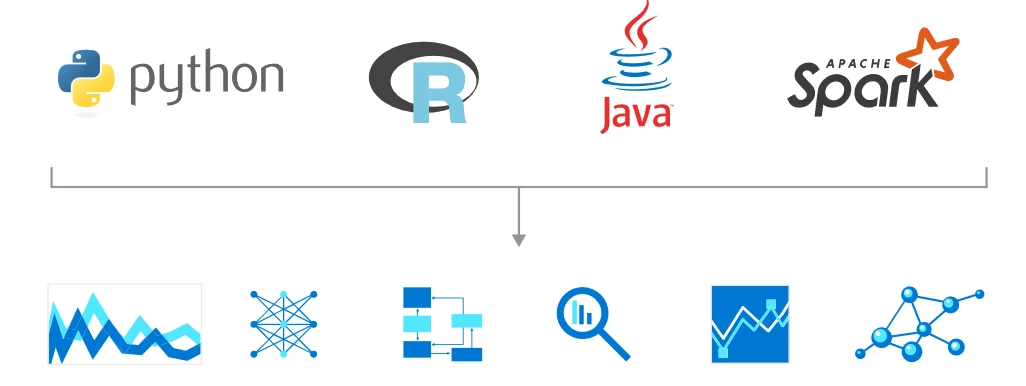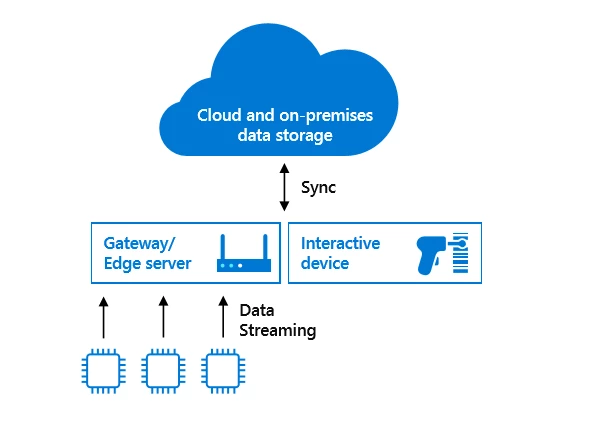The world of data changes at a rapid pace, with more and more data being projected to be stored and processed at the edge. Microsoft has enabled enterprises with the capability of adopting a common programming surface area in their data centers with Microsoft SQL Server and in the cloud with Azure SQL Database. We note that latency, data governance and network connectivity continue to gravitate data compute needs towards the edge. New sensors and chip innovation with analytical capabilities at a lower cost enable more edge compute scenarios to drive higher agility for business.
At Microsoft Build 2019, we announced Azure SQL Database Edge, available in preview, to help address the requirements of data and analytics at the edge using the performant, highly available and secure SQL engine. Developers will now be able to adopt a consistent programming surface area to develop on a SQL database and run the same code on-premises, in the cloud, or at the edge.
Azure SQL Database Edge offers:
- Small footprint allows the database engine to run on ARM and x64 devices via the use of containers on interactive devices, edge gateways, and edge servers.
- Develop once and deploy anywhere scenarios through a common programming surface area across Azure SQL Database, SQL Server, and Azure SQL Database Edge
- Combines data streaming and time-series, with in-database machine learning to enable low latency analytics
- Industry leading security capabilities of Azure SQL Database to protect data-at-rest and in- motion on edge devices and edge gateways, and allows management from a central management portal from Azure IoT.
- Cloud connected, and fully disconnected edge scenarios with local compute and storage.
- Supports existing business intelligence (BI) tools for creating powerful visualizations with Power BI and third-party BI tools.
- Bi-directional data movement between the edge to on-premises or the cloud.
- Compatible with popular T-SQL language, developers can implement complex analytics using R, Python, Java, and Spark, delivering instant analytics without data movement, and real-time faster insights

- Provides support for processing and storing graph, JSON, and time series data in the database, coupled with the ability to apply our analytics and in-database machine learning capabilities on non-relational datatypes.
For example, manufacturers that employ the use of robotics or automated work processes can achieve optimal efficiencies by using Azure SQL Database Edge for analytics and machine learning at the edge. These real-world environments can leverage in-database machine learning for immediate scoring, initiating corrective actions, and detecting anomalies.
Key benefits:
- A consistent programming surface area as Azure SQL Database and SQL Server, the SQL engine at the edge allows engineers to build once for on-premises, in the cloud, or at the edge.
- The streaming capability enables instant analysis of the incoming data for intelligent insights.
- In-Database AI capabilities enables scenarios like anomaly detection, predictive maintenance and other analytical scenarios without having to move data.

Train in the cloud and score at the edge
Supporting a consistent Programming Surface Area across on-premises, in the cloud, or at the edge, developers can use identical methods for securing data-in-motion and at-rest while enabling high availability and disaster recovery architectures equal to those used in Azure SQL Database and SQL Server. Giving seamless transition of the application from the various locations means a cloud data warehouse could train an algorithm and push the machine learning model to Azure SQL Database Edge and allow it to run scoring locally, giving real-time scoring using a single codebase.
Intelligent store and forward
The engine provides proficiencies to take streaming datasets and replicate them directly to the cloud, coupled with enabling an intelligent store-and-forward pattern. In duality, the edge can leverage its analytical capabilities while processing streaming data or applying machine learning using in-database machine learning. Fundamentally, the engine can process data locally and upload using native replication to a central datacenter or cloud for aggregated analysis across multiple different edge hubs.

Unlock additional insights for your data that resides at the edge. Join the Early Adopter Program to access the preview and get started building your next intelligent edge solution.
